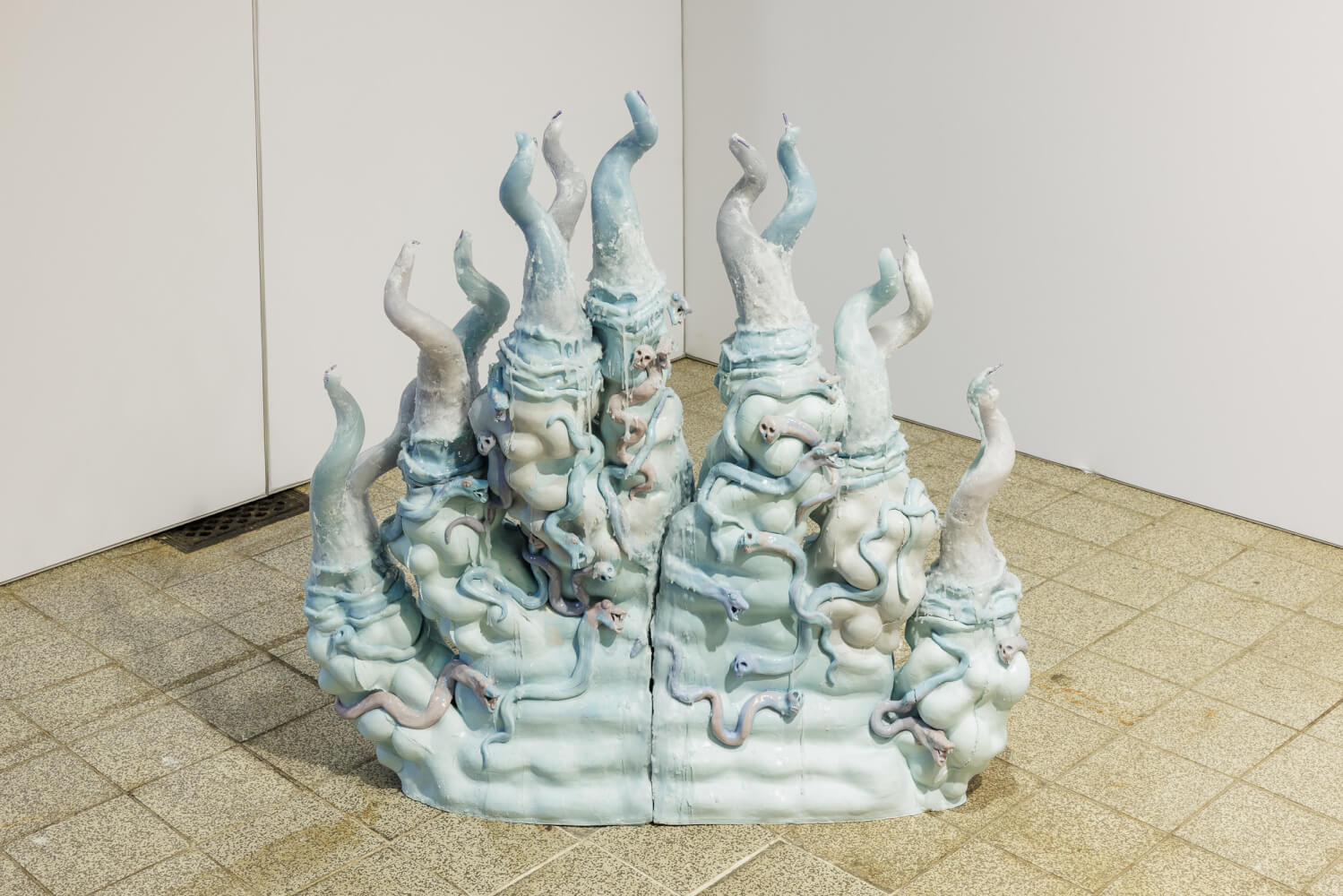
viennacontemporary 2022
Photo courtesy of: kunst-dokumentation.com
VIENNA CONTEMPORARY: TESTING OUT EUROPE’S MARGINS & NEWCOMERS ROUNDUP
The art world has always been supported with heavy lifting from social and political theories. Once circulated around biennials and art fairs, this borrowed vocabulary quickly deflates into seasonal labeling. During the pandemic, the rise of social movements like MeToo and Black Lives Matter solidified the frequency of certain expressions that preached the “reversal of gender bias”, a move “beyond borders,” and a “celebration of diversity and inclusion” (if only on paper). The latter have shaped every corner of global cultural policies and art fairs are no different. As sales focused events they have a higher incentive for conscious pleasing. This year, Vienna Contemporary maintains the flavour of a boutique and manageable regional fair but one with an expanded focus on galleries from Central and Eastern Europe. Gathering 62 galleries under the roof of neo-renaissance palace Kursalon, this new edition aims to recalibrate its mission of “drawing new lines between east and west”.
For a city whose image is built on Mozart, Schubert, Sacher cake, and monarchy, the art fair's geopolitical focus and pluralist framework is intriguing once considered the other way around. If we could move from the locked in core-periphery relation and consider how “eastern” can ‘West” be?
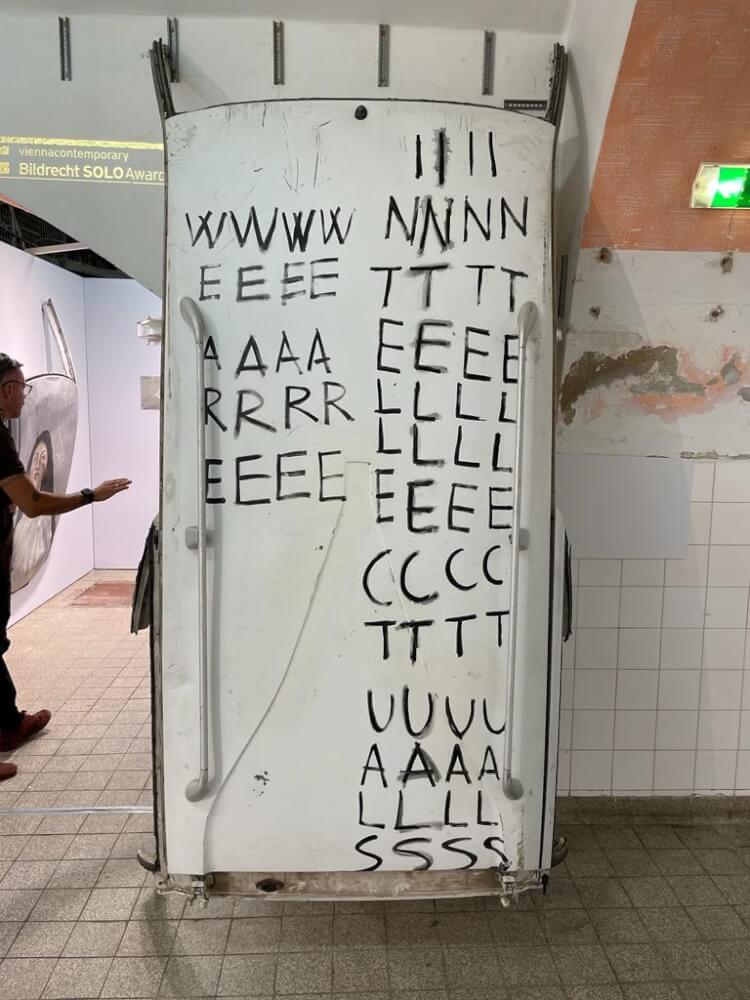
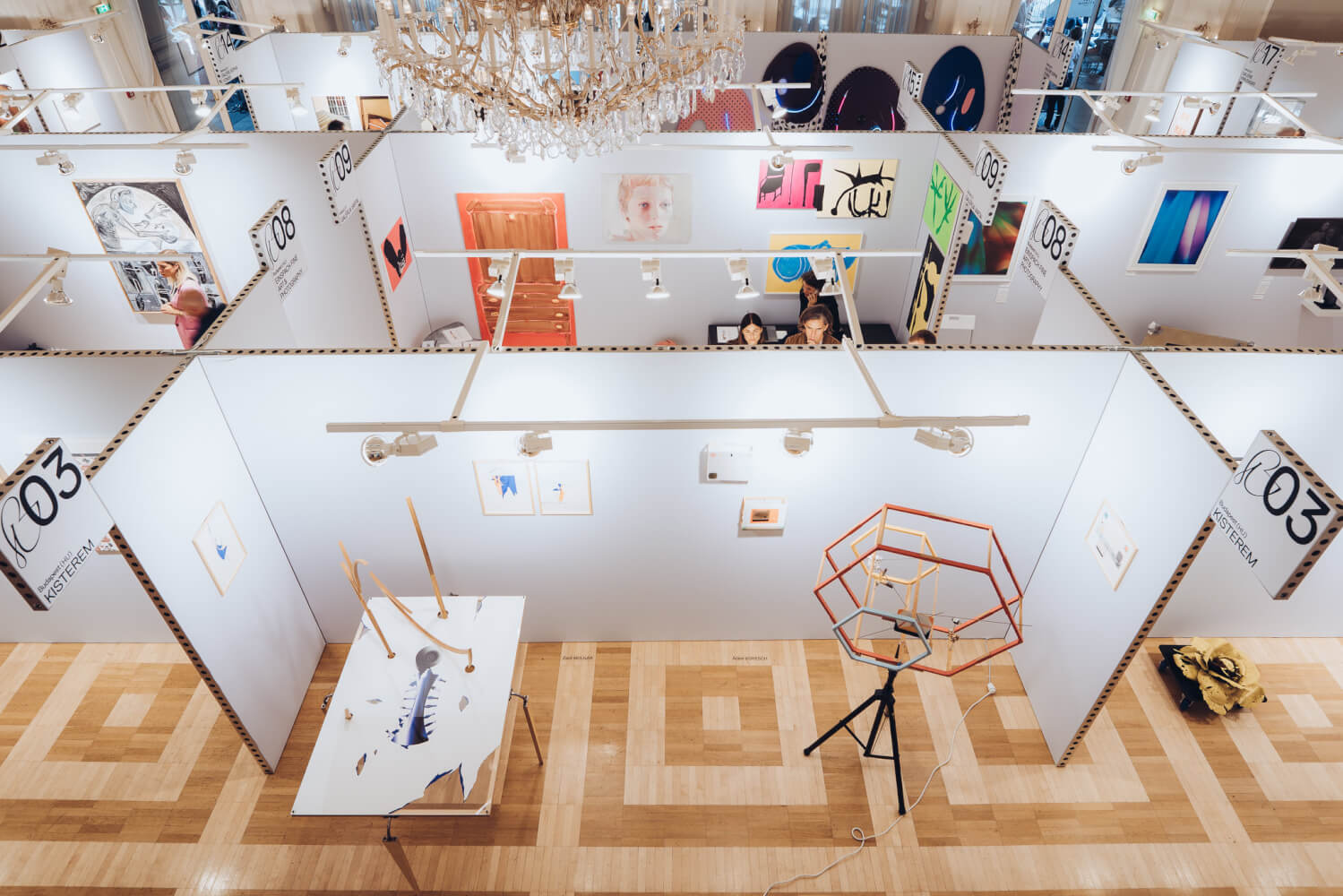
Historically speaking, Vienna has been the easternmost of the major “western” capitals, a position that is fortified in todays socio-cultural context of large Balkan communities established in the city, leading one writer to famously claim that “the Balkans start at the Rennweg “ (an area in the 3rd district in Vienna). To animate this premise and put it to test we are highlighting a few newcomers we struck a landing with:
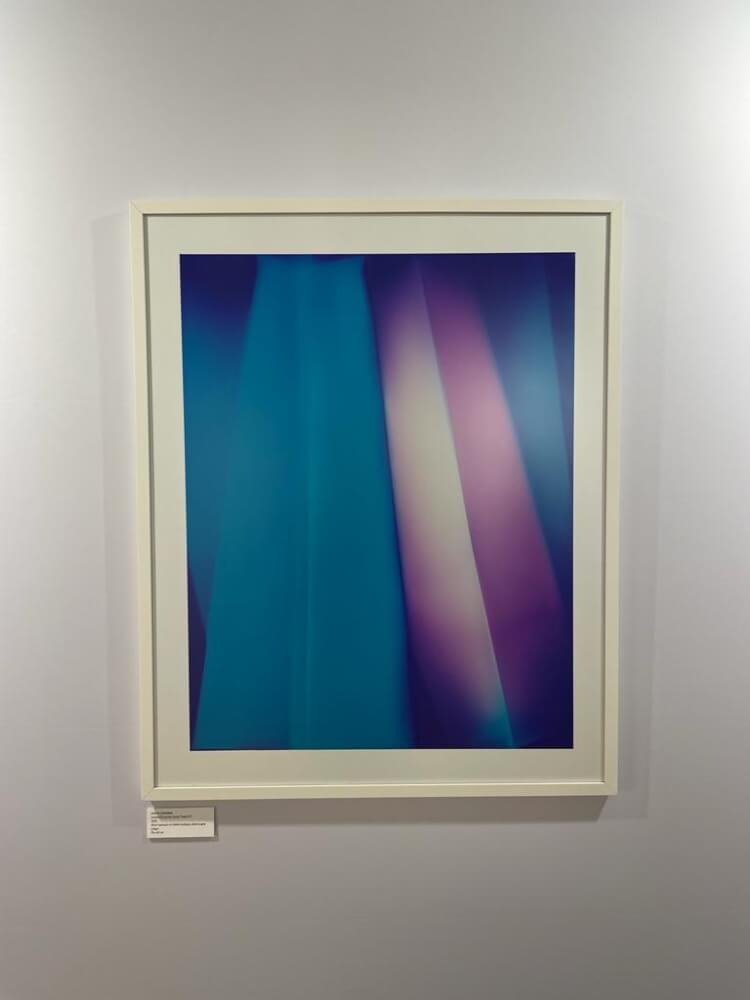
At Sofia- based gallery Structure, Marta Djourina’s series of direct exposures on folded analogue photo paper is a cross between electric James Turell and the counterbalanced control of Merce Cunningham's performances. Treating analog photography in a painterly and perforative way, Djourina accentuates the potential of light as a medium. The artist teases out the traces and gestures invisible to the eye through experimental color compositions in a small, intimate format.
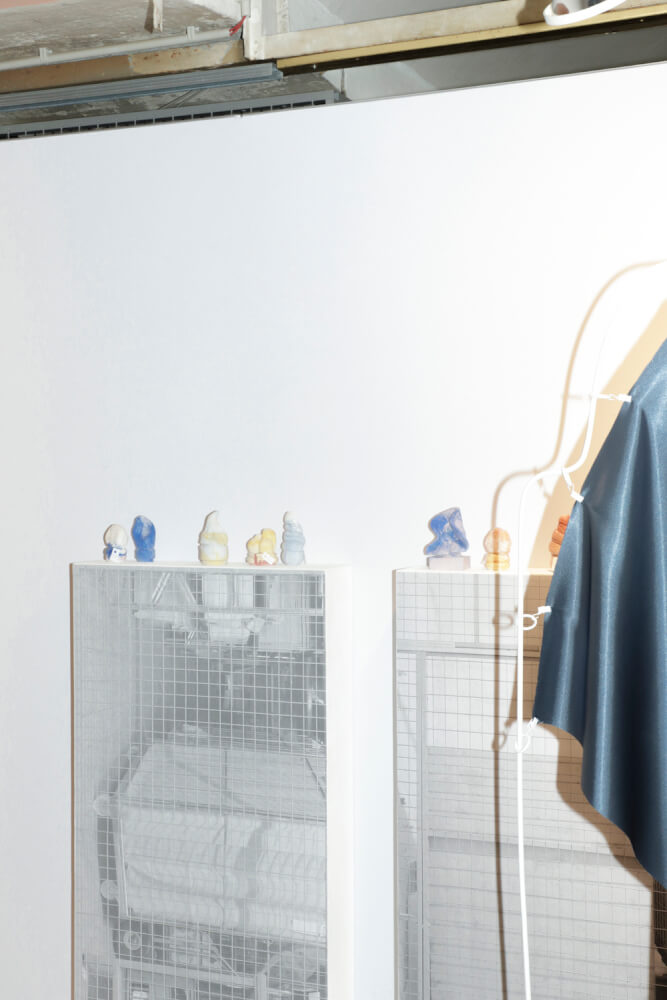
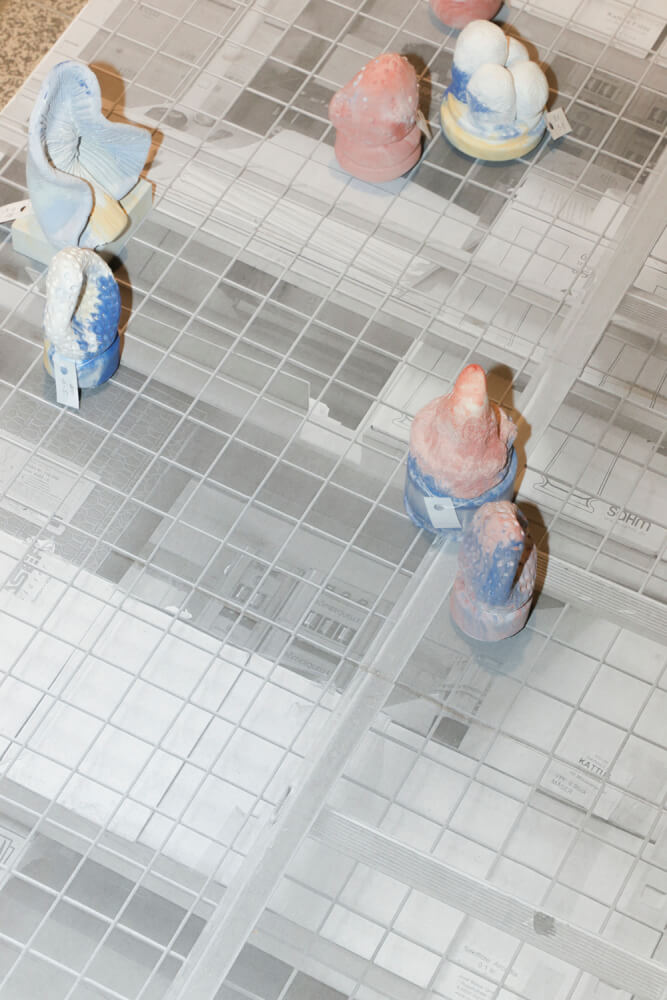
Photos courtesy of Ravnikar Gallery
Below the main floor, in the underbelly of the beast lies ZONE1 - a separate territory dedicated to showcasing progressive positions among the gallery-represented artists and a glimpse into the emerging Viennese and wider Austrian art scene. Paying special attention to young artists and galleries that support them, ZONE 1 is curated by Ljubljana-based Tjaša Pogačar whose interests align with the exploration of radical changes and possibilities that new technologies have brought about. This motivation for a desire to inhabit a different reality can be seen on the floor of a young Slovenian gallery Ravnikar which presents a mise en scene designed by the emerging artist Nika Kupyrova. The artist here presents a real place as a portal, and her explorations conjure up complex universes that spin around translating digital techniques into analog variants. Verging on their own limitations, Kupyrova departs from digitally generated environments to render objects made from plaster and color pigments, not out of pixels.
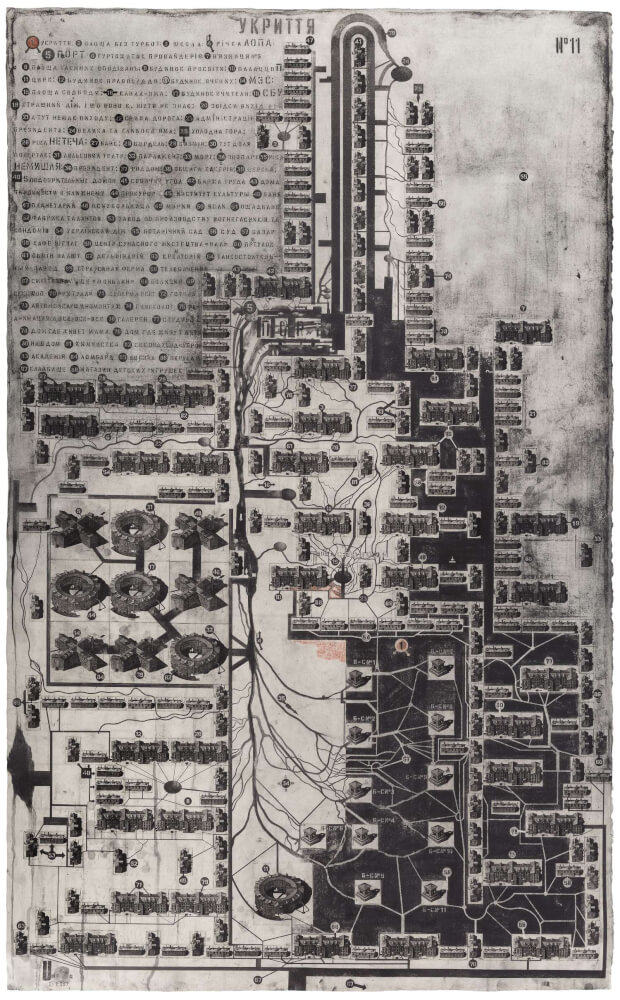
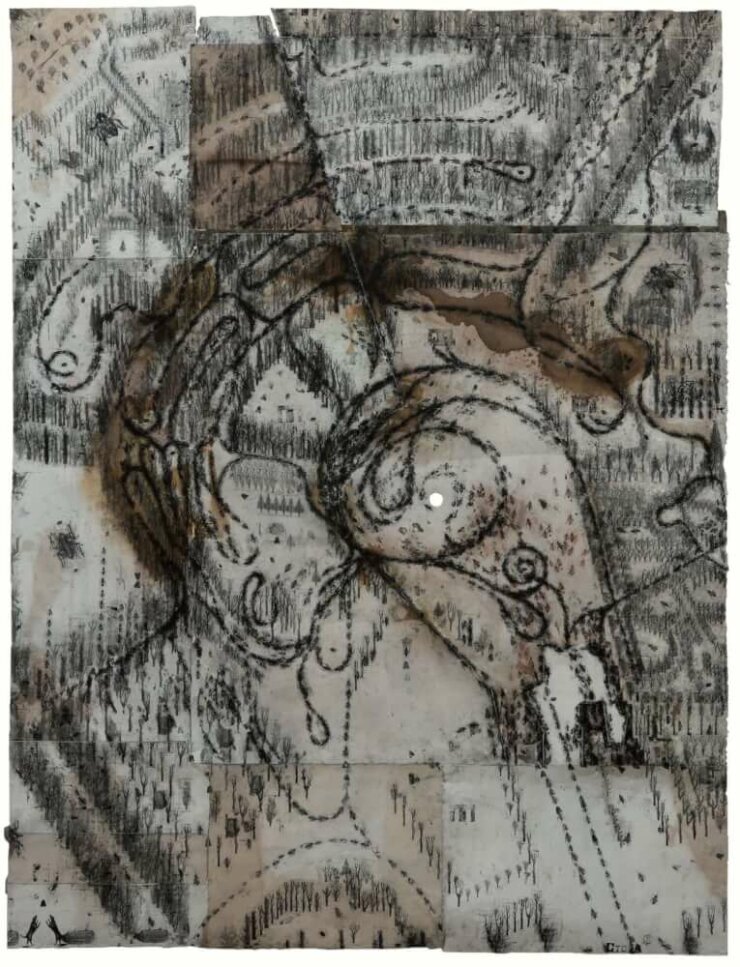
Photos courtesy of Naked Room gallery
It was a revelation and a real gem to uncover the large-scale print works of Ukrainian artist Pavlo Makov, whose central presentation at the Naked Room gallery took the form of a mini-retrospective highlighting different periods of his practice. For more than 30 years, the artist has developed the idea of place in various cycles and series (Gardens, Landscapes, Abracadabra, Utopia). Pavlov works on the border of fact and fiction, document and mystification using etching printing techniques and, most recently, color. His expansive etchings are windows into the tightly organized micro and macrocosms, reflections of time laid with Jose Luis Borges symbolism, wild ornaments, and forgotten historical routes, plans, and schemes. They are fantastic universes, labyrinths made of obsolete maps that are multilayered, nonlinear, and intangible for interpretation.
Text by Nina Vukelić

